Introduction: Belgrade’s Protest Fiesta
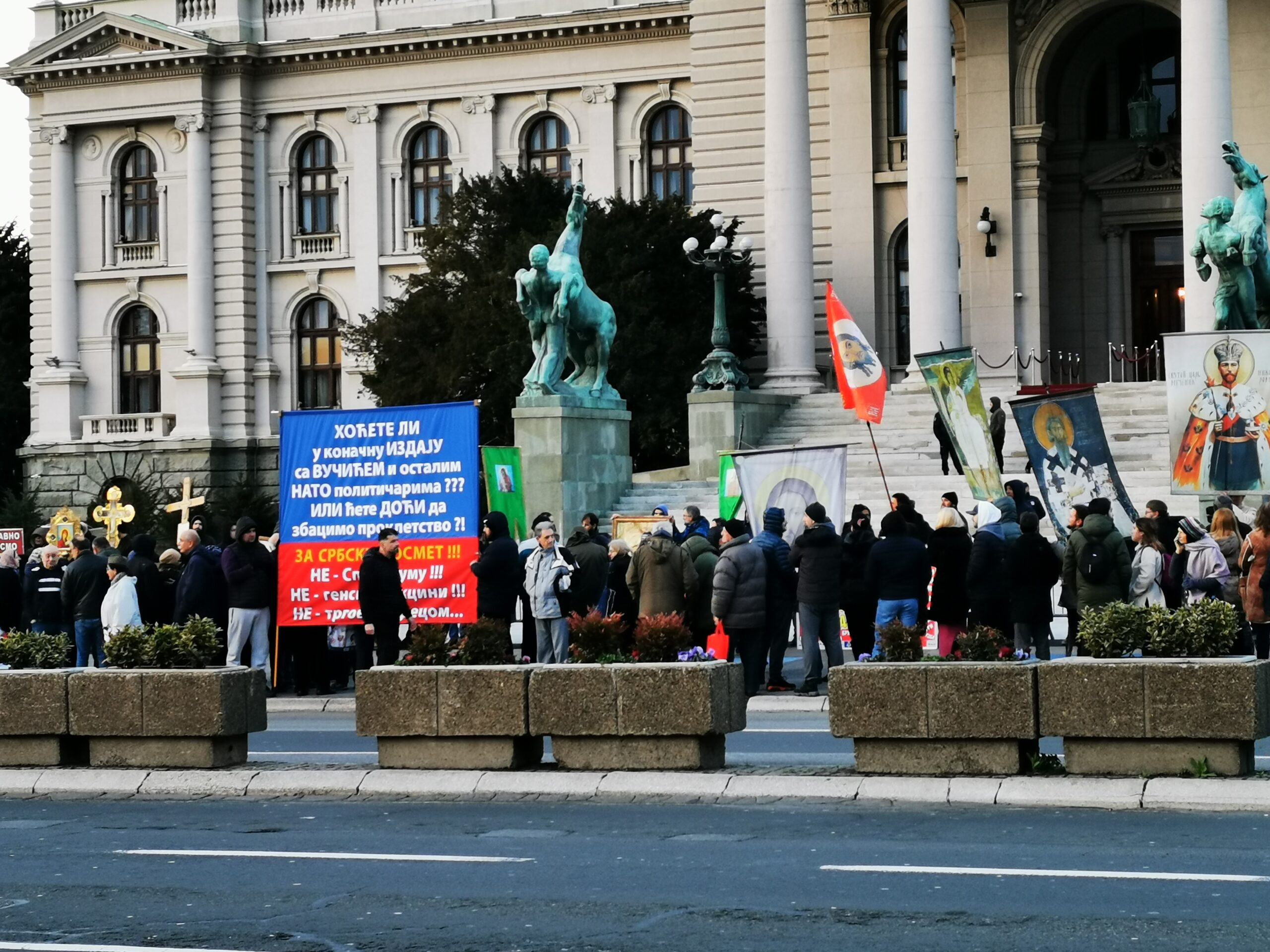
Welcome to the captivating city of Belgrade, where the streets often resonate with the chants, songs, and enthusiastic stomping of passionate protesters. In this blog post, we’ll take a lighthearted and comical journey through the streets of Belgrade to uncover the reasons behind the city’s protest culture, discover the peculiar ways in which demonstrations are organized, and delve into the factors that have led to a decline in recent years.
The Historic Footprints: Belgrade’s Protest Legacy
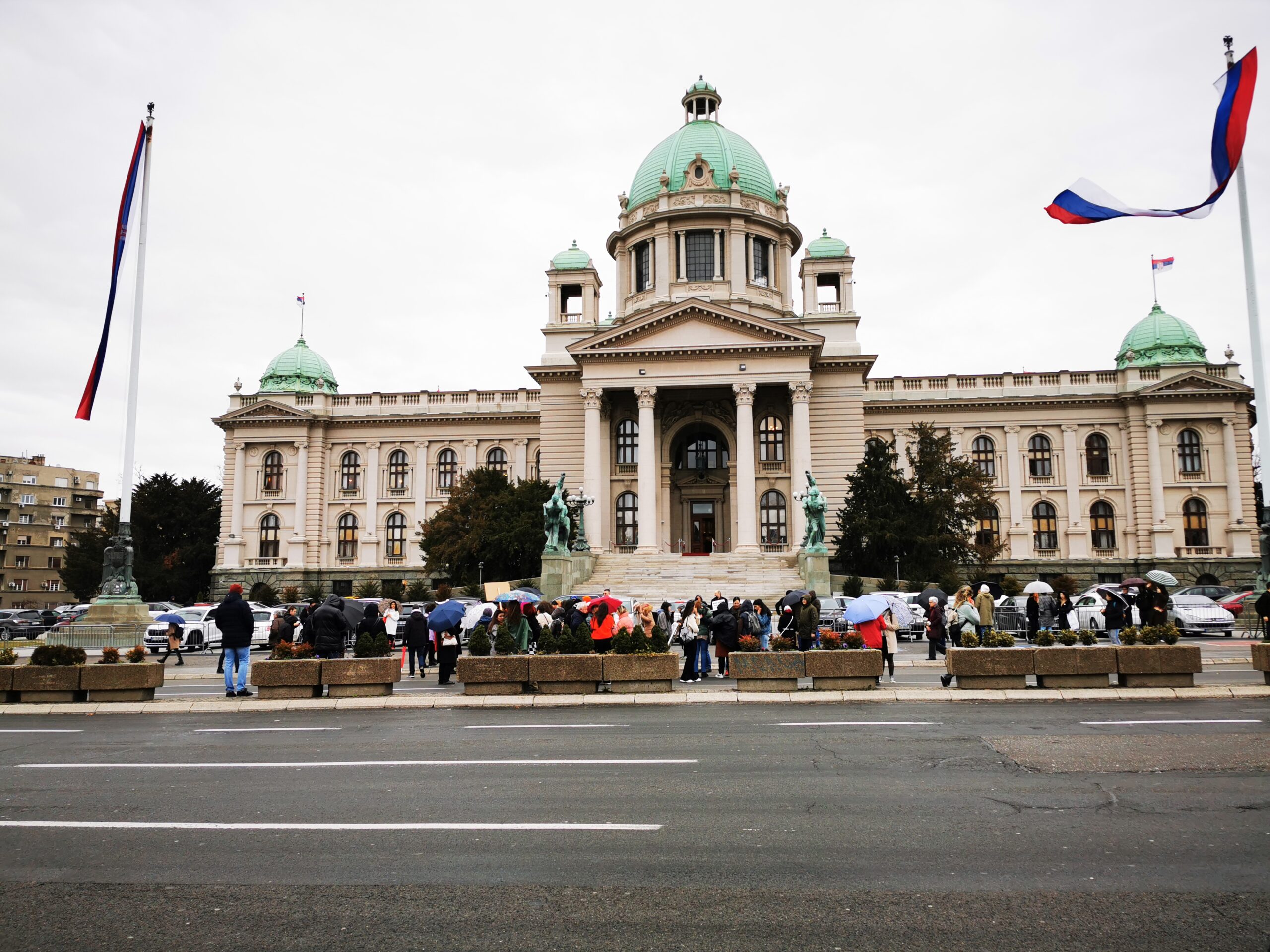
Sign up for more LGBTQ+ news and updates at TrueQueer
To truly understand the protest fever in Belgrade, we must first appreciate the city’s storied past. From the iconic 1968 student demonstrations to the overthrow of Slobodan Milošević in 2000, Belgrade has a rich history of public mobilization and activism. The legacy of these movements has permeated the city’s DNA, leaving a lasting impression on its inhabitants.
A Nation of “Protestholics”: Why Belgrade Loves to Protest
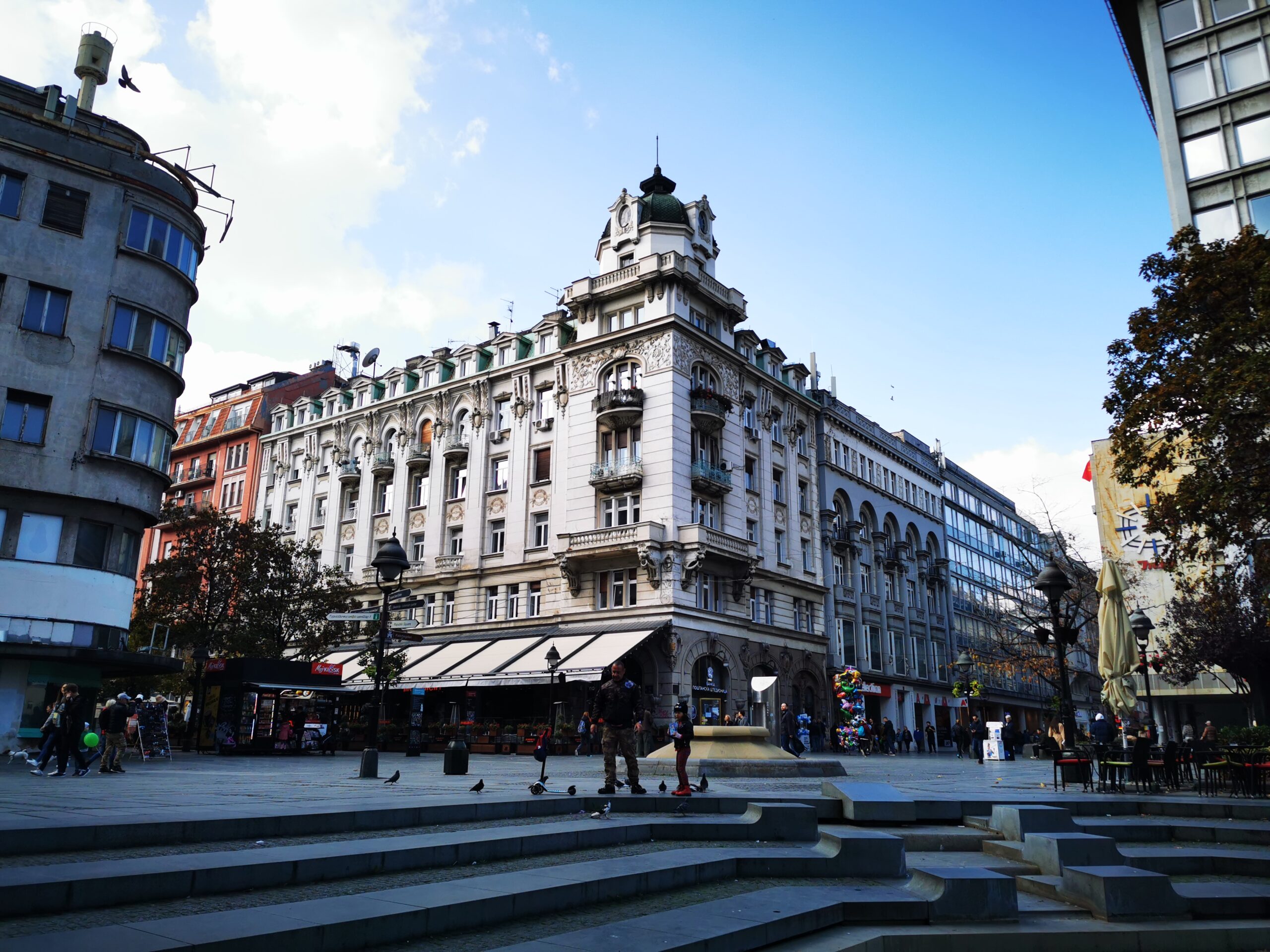
Now let’s unravel the mystery behind Belgrade’s inherent fondness for protests. Is it the love for drama? The passion for expressing opinions? Or perhaps a unique combination of factors?
We’ll explore seven unexpected reasons behind the city’s protest culture, including the enticing aroma of bakeries, the irresistible power of placards, and the adrenaline-fueled honking hysteria. However, there are also many people in Serbia who support the right to protest and believe that it is an important way to hold the government accountable. These individuals often participate in protests themselves or offer their support in other ways, such as by providing food or medical assistance to protesters.
From Pancakes to Placards: Quirky Ways Belgradians Organize Protests
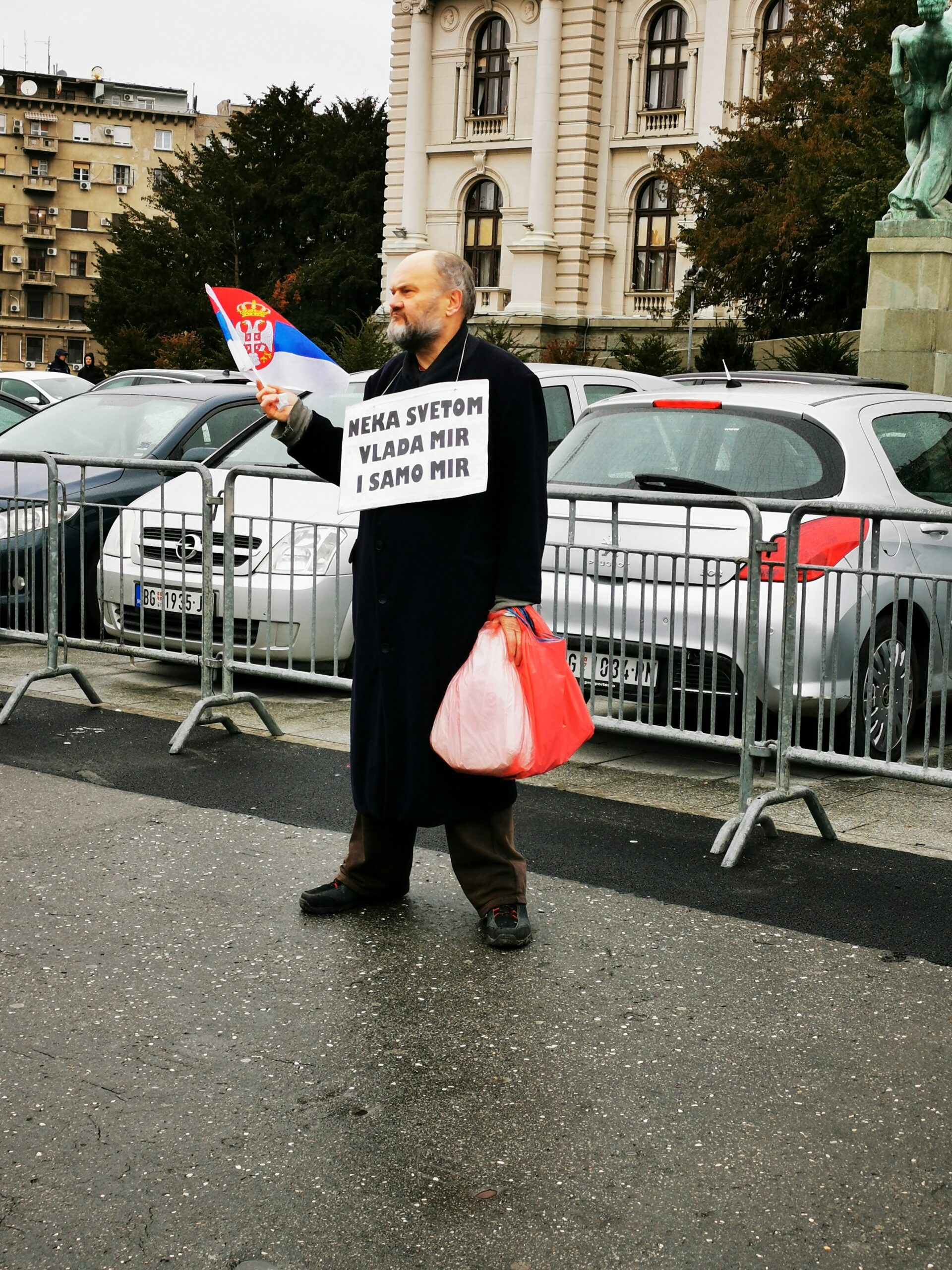
In Belgrade, organizing a protest is an art form. It involves equal parts creativity, resourcefulness, and a touch of eccentricity. Discover the unusual role that bakeries play in mobilizing the masses, the extraordinary variety of protest signs that adorn the streets, and the vuvuzela phenomenon that can transform even the quietest of neighborhoods into a buzzing hive of protest energy.
There have also been protests related to issues such as workers’ rights, education, and healthcare. These protests are often organized by labor unions, student groups, and other organizations that are advocating for specific policy changes.
Government vs. Protesters: A Never-Ending Battle
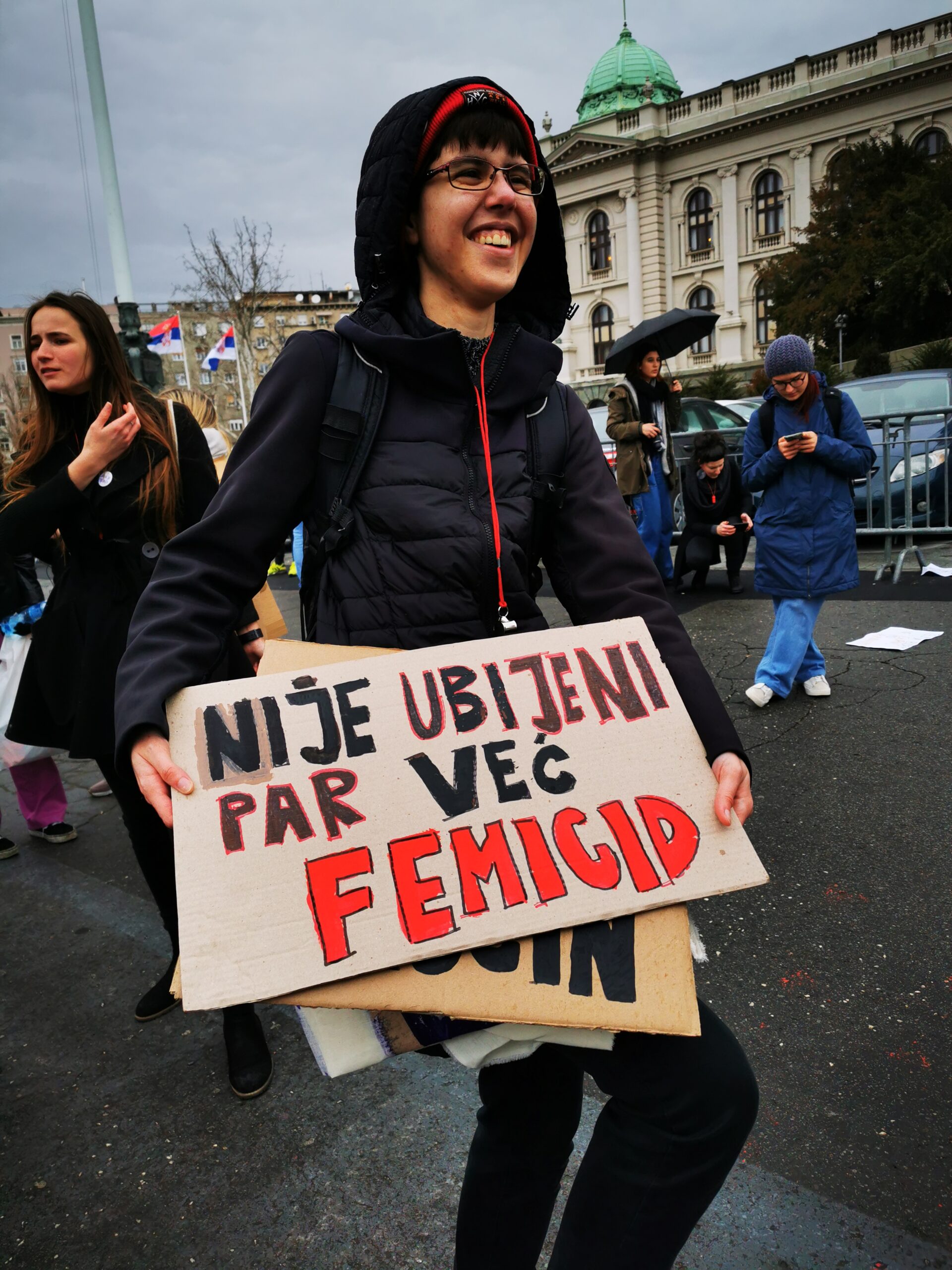
No discussion about protests in Belgrade would be complete without examining the dynamic between the government and its citizens. Dive into the complex relationship between those in power and those demanding change, and uncover the passionate tug-of-war that shapes the protest landscape of the city. One of the most prevalent types of protests in Serbia has been anti-government protests. These protests have been fueled by a growing dissatisfaction with the ruling party and its policies. Many people feel that the government is corrupt and that it is not doing enough to address the country’s economic and social problems. As a result, they have taken to the streets to demand change.
The Rise of Online Activism
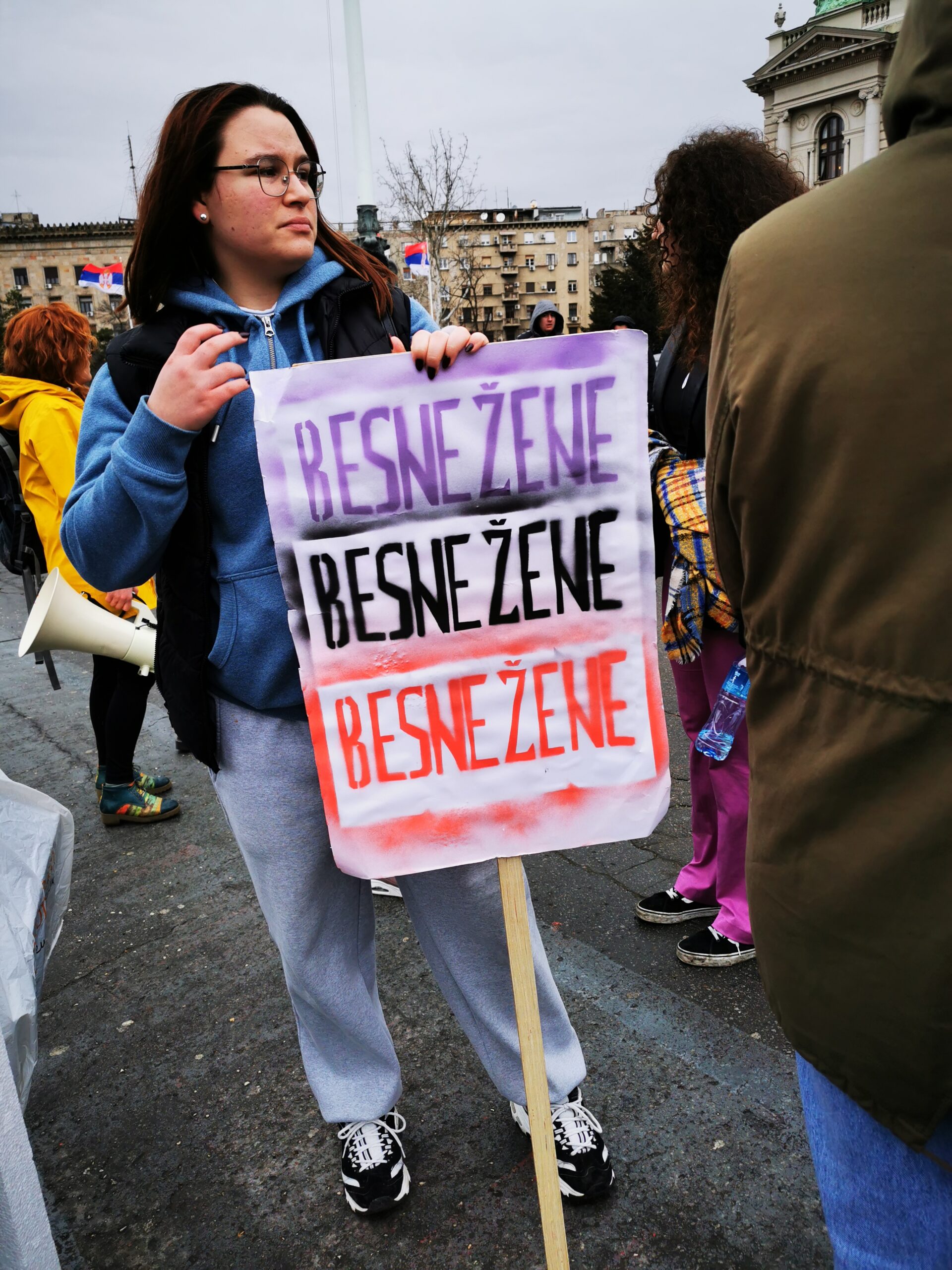
In the age of social media, activism has taken on a new form. Explore how Belgradians have adapted to the digital era, leveraging hashtags, online petitions, and viral videos to rally support and spread their messages. From “clicktivism” to virtual sit-ins, discover the ways in which Belgrade’s protesters have embraced the power of the internet.
Despite the prevalence of protests in Serbia, the general population has not always been supportive of these actions. Many people are wary of the sensational news that often accompanies protests, and they worry that the demonstrations will lead to violence or other negative outcomes. Additionally, some people feel that protests are not an effective way to bring about change and that they only serve to disrupt daily life.
The “Protest Holidays”: Understanding the Frequency
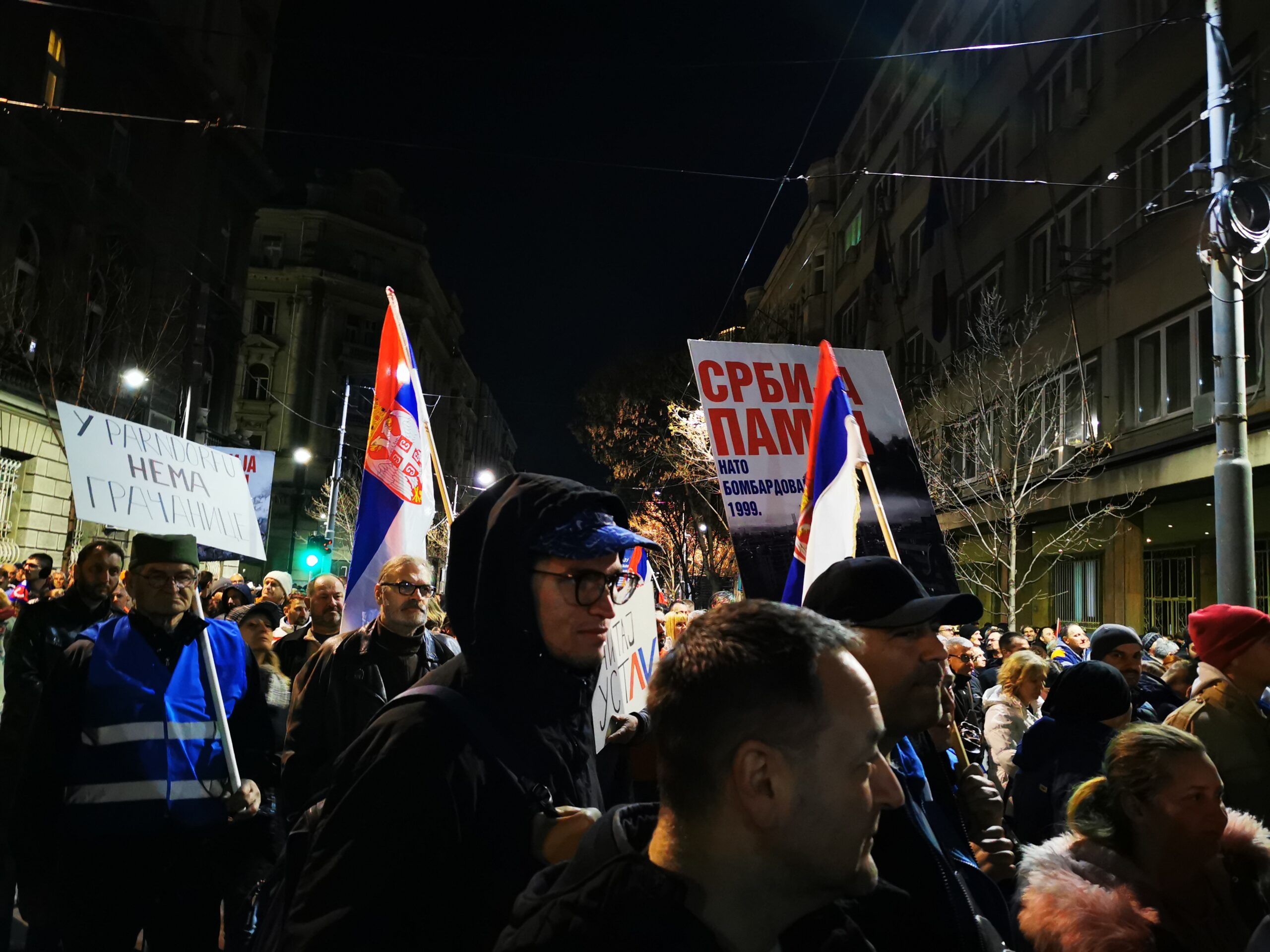
Please follow us on Facebook
While protests were once an almost weekly occurrence in Belgrade, it’s important to acknowledge the recent decline in frequency. Belgrade’s “protest holidays” are periods when the city experiences a lull in public demonstrations. But fear not, dear readers, for we shall unravel the enigma behind this phenomenon. The prevalence of protests in Serbia reflects a deep-seated desire for change and a willingness to take action to achieve it. While there may be disagreements about the effectiveness of protests and the best way to bring about change, it is clear that the people of Serbia are committed to fighting for a better future.
Oh, buckle up, my friend, because the LGBTQ protests in Serbia have been a wild rollercoaster ride! It’s like the country decided to host its own LGBTQ Olympics, complete with hurdles, dramatic plot twists, and a dash of Balkan drama. The protests started with a bang, as activists strutted through the streets like fierce fashion models, waving rainbow flags and chanting slogans that could make even the most stoic Serb crack a smile.
But, of course, it wouldn’t be Serbia without a twist. Enter the politicians, who reacted like confused parents trying to figure out Snapchat filters – they just didn’t get it. Their attempts to shut down the protests only fueled the LGBTQ community’s fire, resulting in even more fabulousness and rainbow-infused rebellion. It’s like a never-ending game of “who can out-slay whom” between the activists and the authorities. All I can say is, Serbia, keep your eyes on the glittery prize because the LGBTQ community is showing no signs of backing down.
World Cup Fever: When Football Takes the Spotlight
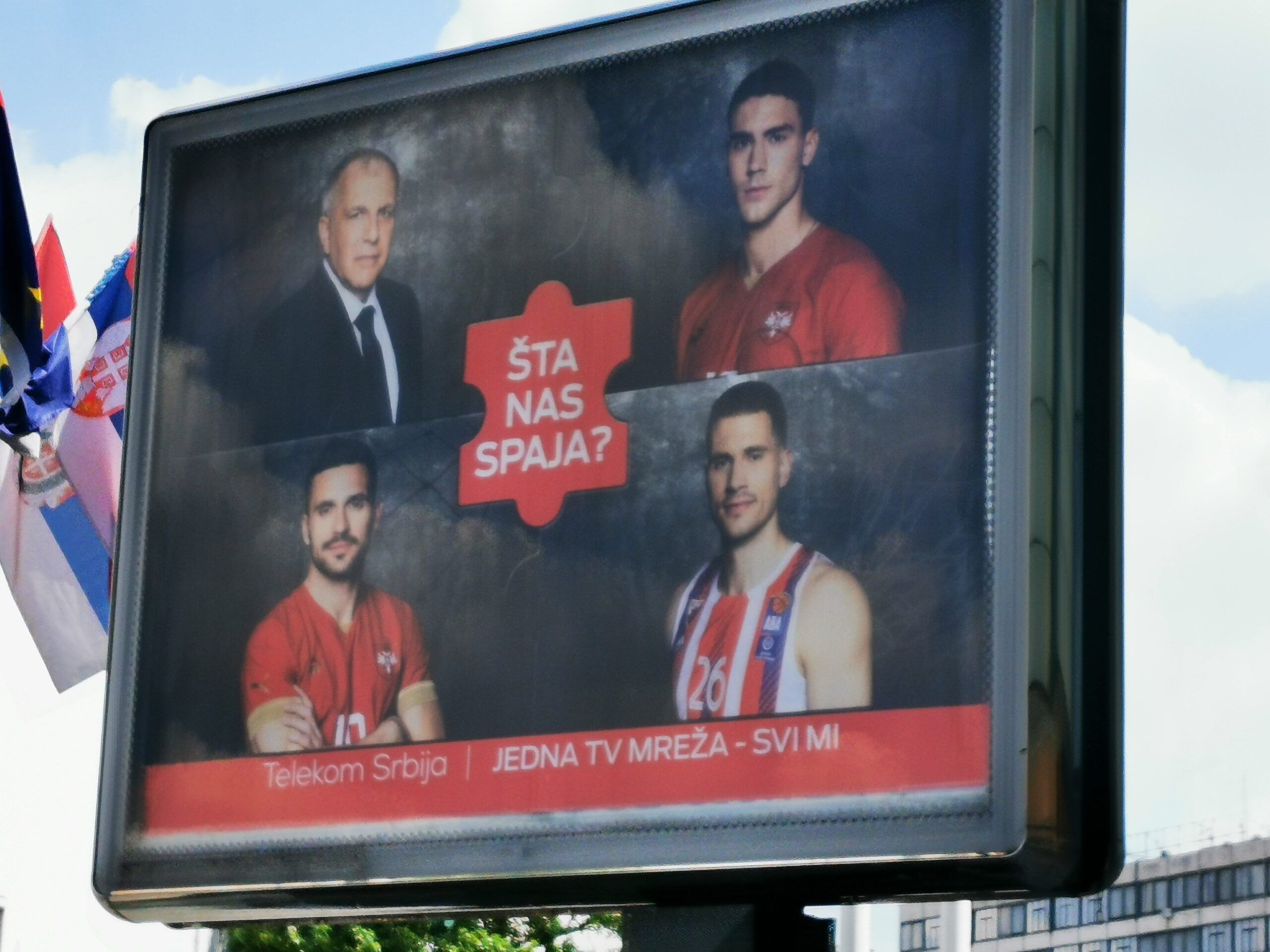
One major factor contributing to the decrease in protests is the contagious fever that sweeps across Belgrade during international football tournaments. When the Serbian national team takes to the field, the city unites in a sea of red, leaving little room for protests. As the chants of “Srbija, Srbija” echo through the streets, even the most fervent activists trade their placards for team scarves and join the boisterous celebration.
Festival Frenzy: Music Over Mayhem
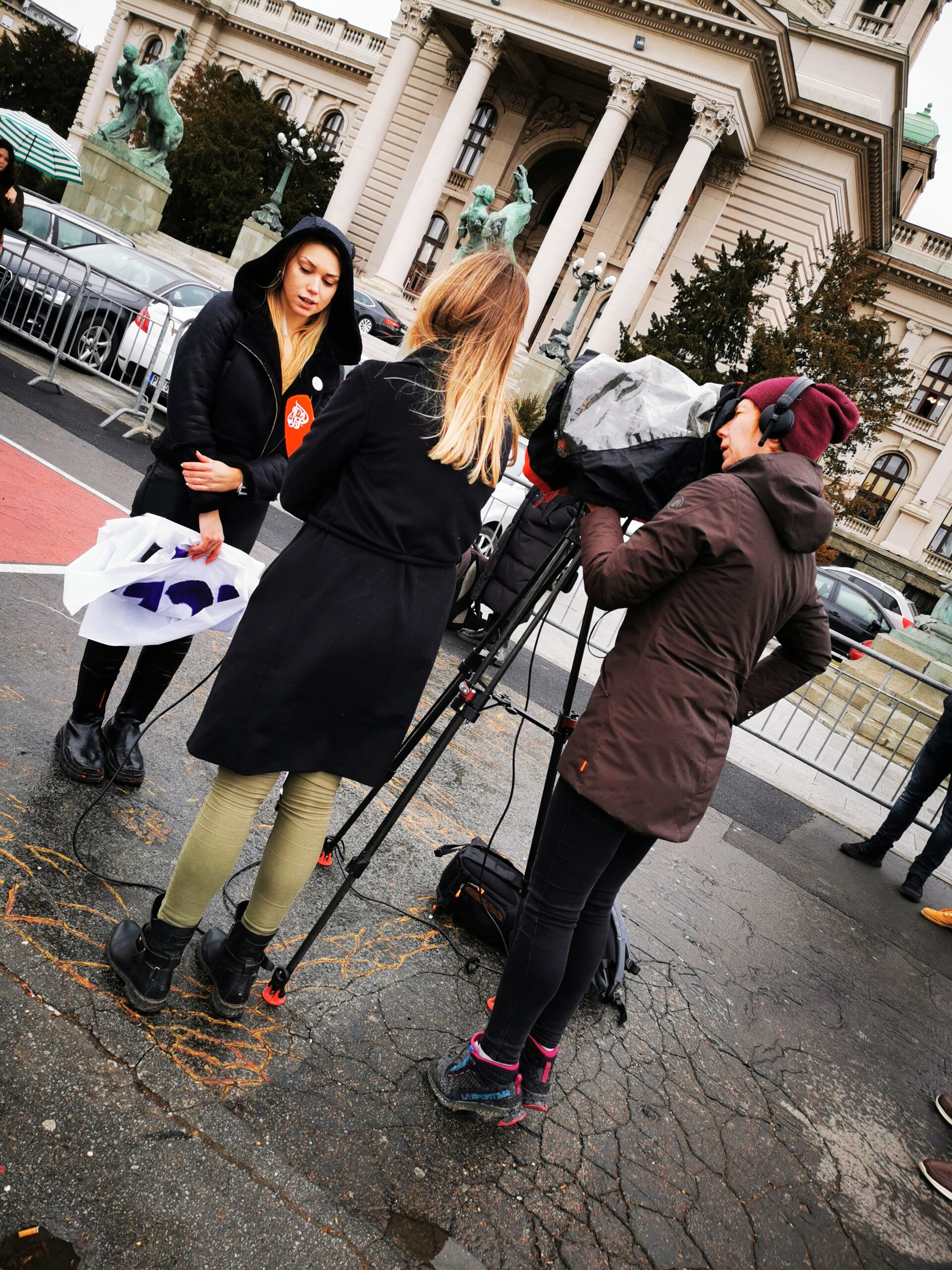
Belgrade is renowned for its vibrant music scene and hosts numerous festivals throughout the year. From the internationally acclaimed EXIT Festival to the eclectic Belgrade Beer Fest, these events draw crowds from far and wide. As the city buzzes with music, dancing, and general revelry, the desire for protests takes a backseat, temporarily replaced by a harmonious celebration of art and culture.
Summer Escapades: Time for Vacations
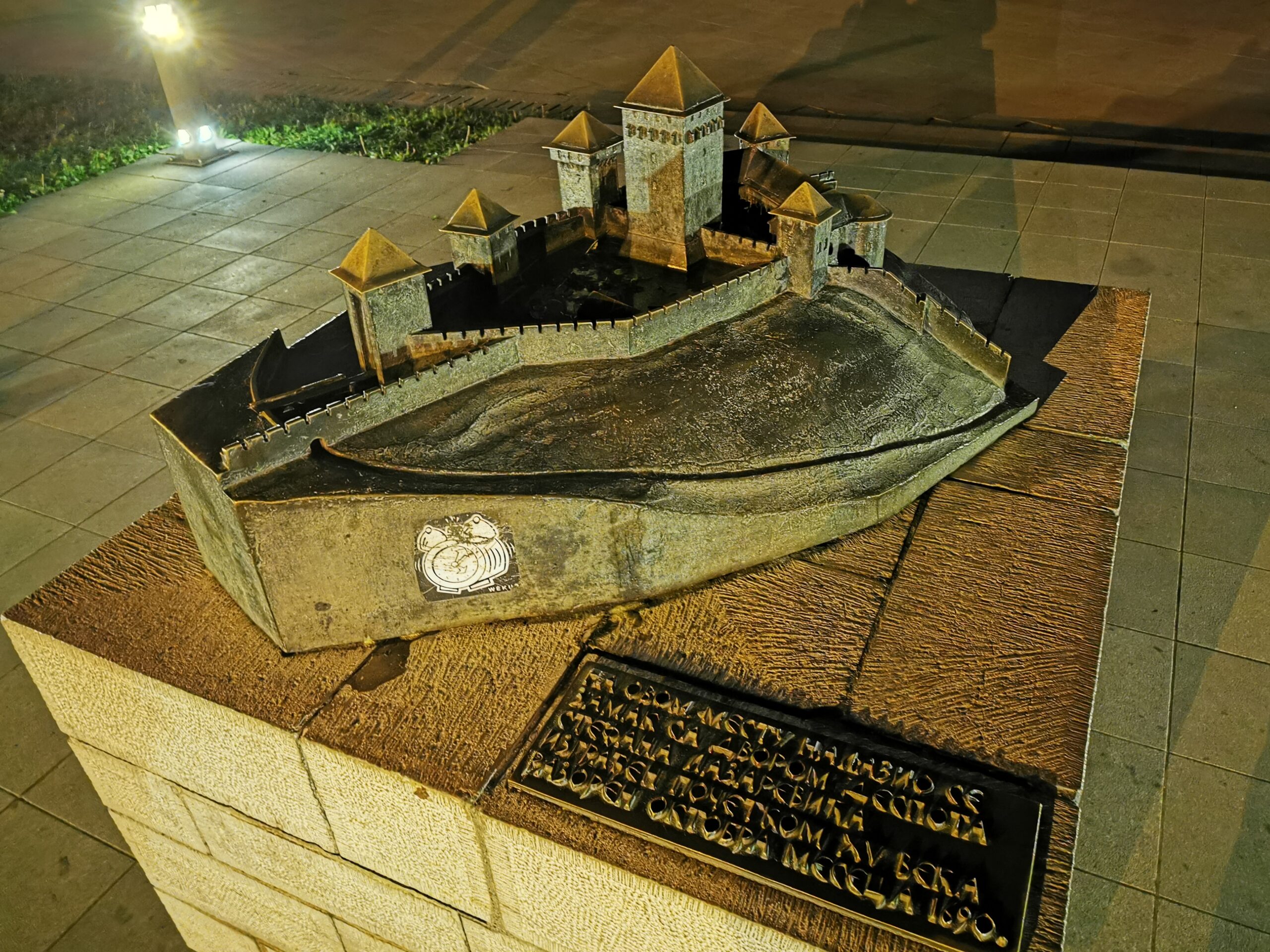
When the sun shines brightly over the mighty Danube and the Belgrade Fortress casts its long shadows, it’s hard to resist the allure of summertime adventures. As the mercury rises, many Belgradians embark on well-deserved vacations, seeking respite from the daily grind. The city’s streets become quieter, allowing protests to hibernate momentarily, until the cooler months beckon the return of activist fervor.
Conclusion: Belgrade’s Protest Saga Continues
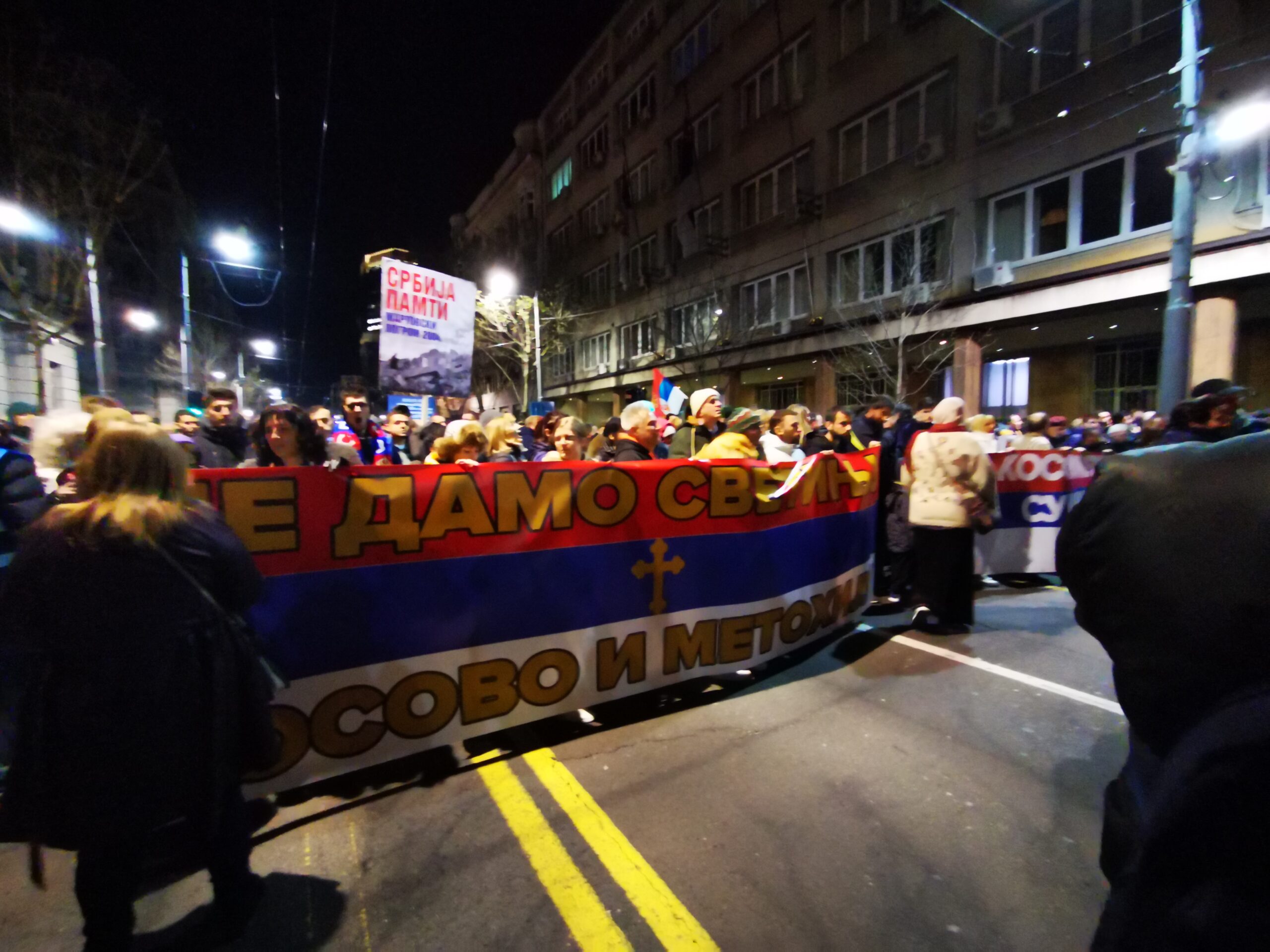
Belgrade, the city of contrasts, where passion and fervor coexist with humor and creativity, continues to embrace its protest culture. From the historic legacies that shape its streets to the quirky ways in which protests are organized, Belgrade stands as a testament to the power of collective voices.
While the frequency of protests may wax and wane, Belgrade’s spirit remains indomitable. The city’s inhabitants, fueled by their love for change, continue to find ingenious ways to express their opinions and push for a better future.
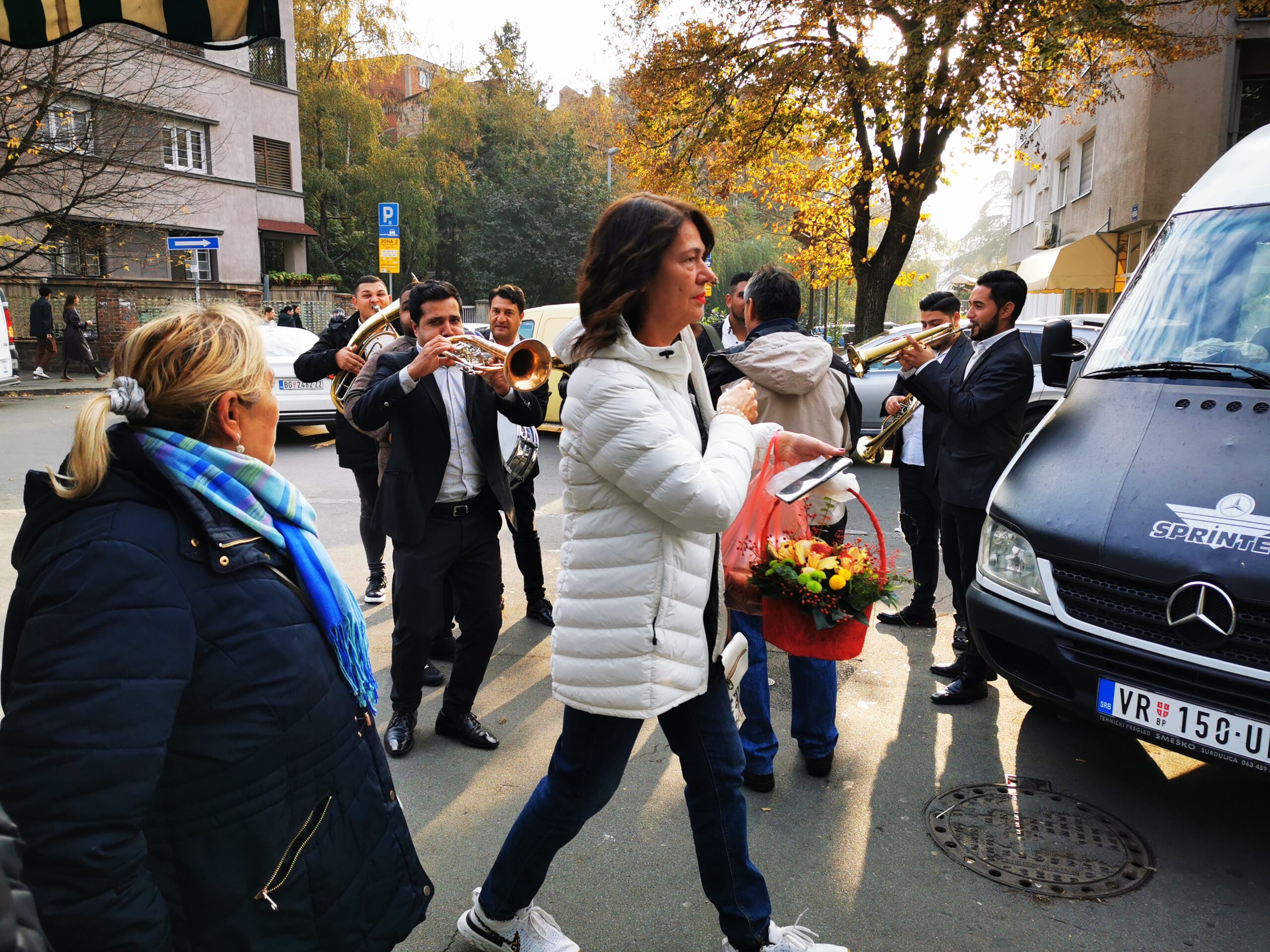
So, next time you find yourself strolling through the lively streets of Belgrade and hear the distant chants and rhythmic claps, embrace the moment. Engage with the passionate individuals, savor the aroma of freshly baked pastries, and relish the vibrant energy that encapsulates the protest fever of this unique city.
In Belgrade, protests are not just demonstrations; they are a celebration of unity, resilience, and the unwavering spirit of its people. So, let the protests continue, and let the world witness the magnificent spectacle that is Belgrade’s protest fiesta!
Note: It’s important to acknowledge the serious nature of protests and their underlying causes. Respect for human rights and peaceful demonstrations should always be upheld.
![]()

![[ Insights Into Serbia ] Unveiling Belgrade’s Protest Fever: 7 Unexpected Reasons Behind the 777 Protests [ Insights Into Serbia ] Unveiling Belgrade’s Protest Fever: 7 Unexpected Reasons Behind the 777 Protests](https://truequeer.com/wp-content/uploads/2023/06/pak.png)